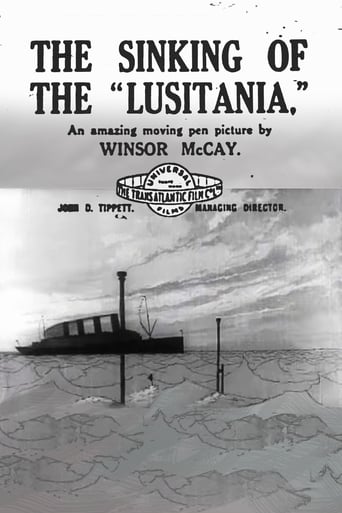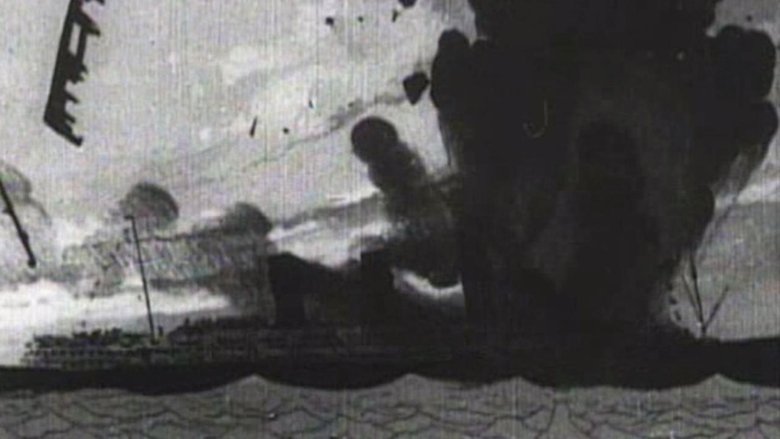Winsor McCay recreates the sinking of the ocean liner Lusitania by a German U-boat in this propaganda piece designed to stir up anti-German sentiment during World War I.


Similar titles
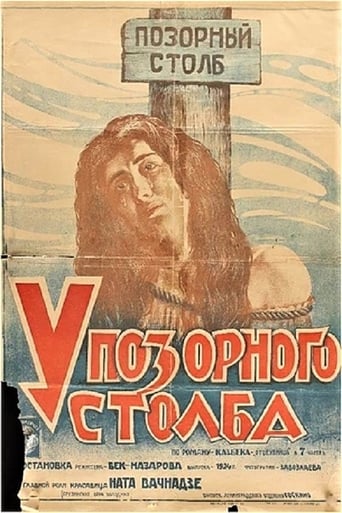
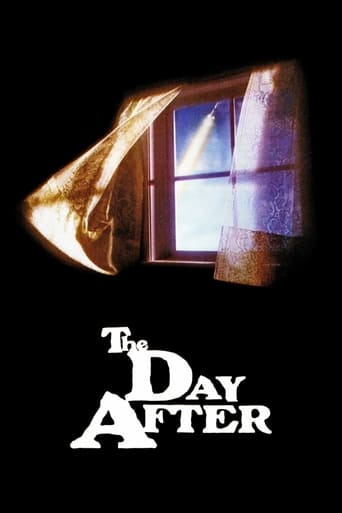

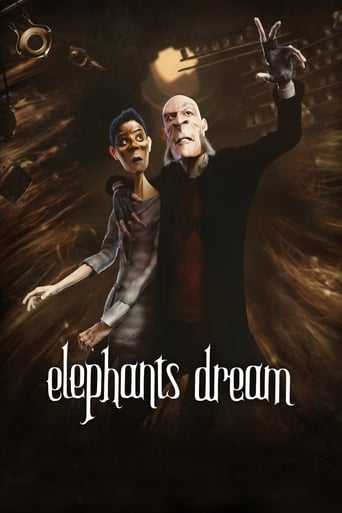
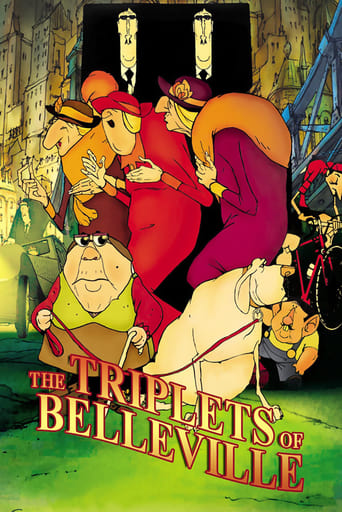

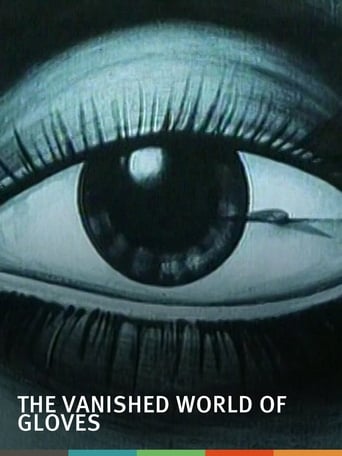
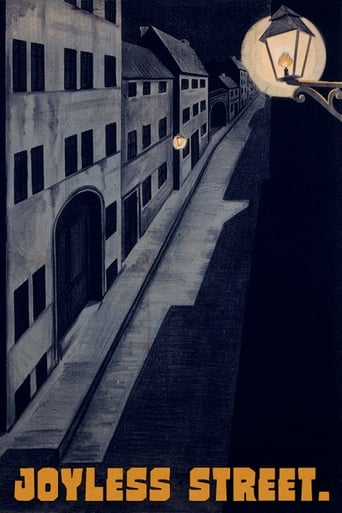
Reviews
Maybe it's the 1st animated documentary and also maybe the 1st animation for adults... But watching it with eyes having seen Cameron's Titanic, i found the cartoon really poor: the ship is a chinese shadow. The attack looks like a firework. The sinking is the best part but it's deadly slow and not at all impressive as Lusitania didn't break. The human characters are neatly drawn but don't move at all... The story is as empty: Germans is accused of all vices like all usual enemy and the victims are just Who's who Big Names... In a way, world doesn't change that much since 1917!
AN OFTEN HELD and widely spread attitude concerning animation is that it is kids' stuff and not proper fare for we 'sophisticated' adults. All work in this film discipline are somehow lumped into the not so flatteringly used term of "Cartoons." Just check how they are invariably classified as being 'Children's'.WE MUST CONFESS that we succumbed to some of this propaganda; which would appear to be very difficult to resist. When we add to that the widely held notion that all of today's pictures are superior to any from "the old days." These are falsehoods that would be easily put to rest if only one would view some of the early animation work of pioneers in the genre; whose names are unknown to most.GOING STRAIGHT TO the top of the list and the head of the class is one Winsor McCay. Mr. McCay was already an outstanding draftsman and true artist; who had already been well known for his comic strip, LITTLE NEMO IN SLUMBERLAND, which had run for years; being syndicated to many newspapers in both the United States and throughout the world.THE METHOD USED by McCay made use of many thousands more drawings than would have been required only a few years later. This was due to the invention of clear plastic cells; which would be alternated sequentially over a single background. The painting of characters, vehicles, animals, etc. on the cell and then photographed over the background eliminated possibly as much as 60% of the drawing required.BUT IT IS this quality of rendering the scenes that are so lifelike that gives such a dramatic and moving feel to this short. There needn't have been more length to the story telling, when the actual sinking of the Lusitania was completed in about 15 minutes! WE FOUND THIS "cartoon" to be eerily haunting, even disturbing. In particular, we are referring to the depiction of the great ship sinking, one end going down with the other high in the air. All during this time, McCay has given us the sight of many people (in long shot); who are helplessly and desperately jumping many feet off of the ship to an equally unsure fate in the North Atlantic.WHEN WE SCREENED this short, we were instantly put in the same mental state we all had when viewing those poor, helpless murdered individuals who jumped from the World Trade Center on 9/11/2001.NOW YOU SEE what we mean about seeing this being a highly dramatic experience! DO YOU STILL call them "cartoons?"
This is a tough animated film to rate, as in some ways this is a wonderful film and in others it's lousy. When it comes to mobilizing the American public to demand war and volunteer to fight abroad, it was top-notch propaganda. It did so much to justify our entry into the war to destroy the evil Hun! But, history has shown us a lot that was not discussed in the film. First, the Lusitania was not an innocent passenger liner. Recent dives have found detonators and other contraband were being carried on this passenger liner. Second, the Germans were at fault for this pointless war--as were the Russians, Austria-Hungarians, French, British, etc.! And third, although widely circulated during the war as a deliberate hoax, the Kaiser did NOT decorate the captain of the sub for sinking the Lusitania!! If you ignore all the controversy above and just focus on the quality of the animation, for 1918, this is an amazing film. Well animated with excellent backgrounds and a jerking and super-effective finale featuring a drowning mother and her child--this is an amazing film. While most today would probably find the animation primitive and dull, for its time it was terrific. Too bad the central message is so fatally flawed and inaccurate.
I first became aware of Windsor McCay when years ago I read those surreal dream comics he did in the first decade of the 20th Century "Dreams of a Rarebit Fiend" and "The Adventures of Little Nemo in Slumberland". I never saw anything quite like his art work (for that time - it was the age of "Mutt and Jeff" and "The Katzenjammer Kids". They just were amazing to me. Then I learned that he was the first major American cartoonist who tried his hand at motion picture cartoons. I saw part of his "prehistoric" joke, GERTIE THE DINOSAUR, in some television shows - but only part. I had heard of his twelve minute long cartoon of the sinking of the R.M.S. Lusitania, but had no real knowledge of it. Then, last Friday, I finally saw it on the internet. As a meticulously drawn cartoon of that sad, sea atrocity of May 7, 1915 it is remarkable. As has been said on this thread before by others, when the ship is sinking we see little figures jumping off the ship and drowning in the ocean. Hideous in reality, that McCay did it shows great care in trying to seem accurate. He even shows that one of the smokestacks of the ship had fallen in the attack. McCay must have studied survivor's reports. Only one major fact he got wrong - but understandably so. He insists that there were two torpedoes fired by the U-Boat. Walter Schweiger's notebooks survived, and he insisted he only fired once. Today it is believed a second explosion occurred from either a boiler being hit, or coal dust exploding, or (this has been somewhat discredited) hidden explosives being taken to Europe for the war effort being blown up. Whatever it was, it probably blew out the side of the boat and caused the ship to sink in 18 minutes (not quite the 15 minutes McCay mentions in the cartoon).It was meant for war propaganda - part of President Wilson's propaganda campaign under newspaperman George Creel, which made all Germans look anti-human. Today there would be a more balanced approach to the story - a tragedy of three governments (Britain, Germany, and the United States) who managed to bungle matters so that 1,198 people (124 of them Americans) died by drowning or freezing or injuries from the explosions. The real tragedy is show by photos that are superimposed of some celebrities who were lost. Most are forgotten now, but were major figures in 1915. Alfred Vanderbilt, of the great railroad family, is shown. So is Charles Frohman, the theatrical producer of plays by men like Clyde Fitch and James Barrie (including PETER PAN - in the recent film about Barrie Frohman was played by Dustin Hoffman). Also the dramatist Charles Klein (who did the libretto for Sousa's best operetta EL CAPITAN), and the editor and writer Elbert Hubbard (who wrote THE MESSAGE TO GARCIA). It is an interesting aspect that these real photos are used, but drawing the figures might have seen somewhat sacrilegious towards these famous dead people.Unless a film about the sinking is done by James Cameron as a follow-up to TITANIC, this is the closest we will ever get to a film on the loss of the "Lucy". That is, unless one thing turns up. If you read A.A. Hoehling and Mary Hoehling's book, THE LAST VOYAGE OF THE LUSITANIA, they mention that a newspaper cameraman was on the ship who actually took motion pictures of the panic and the destruction as it went under. He said they'd be the greatest pictures ever taken. This idiot was lost in the disaster and his camera was never found. But was he wrong? Movies of the sinking of the "Andrea Doria" are still shown and one photo of it going under won a Pulitzer Prize for the photographer (who shot from a plane). Similarly, in 1928, the S.S. Vestris sank in a storm off the Virginia Capes with the loss of 130 people. A photo of the fear crazed passengers trying to stand on the crazy slanted deck of the "Vestris" was taken, survived, and was published. It too won the Pulitzer Prize for best news photography. Maybe, if the idiot and his camera, or just his camera, survived he would be honored today as a pioneer in photographic journalism. Apparently it didn't, but we do have McCay's excellent, fairly realistic cartoon to look at instead.
